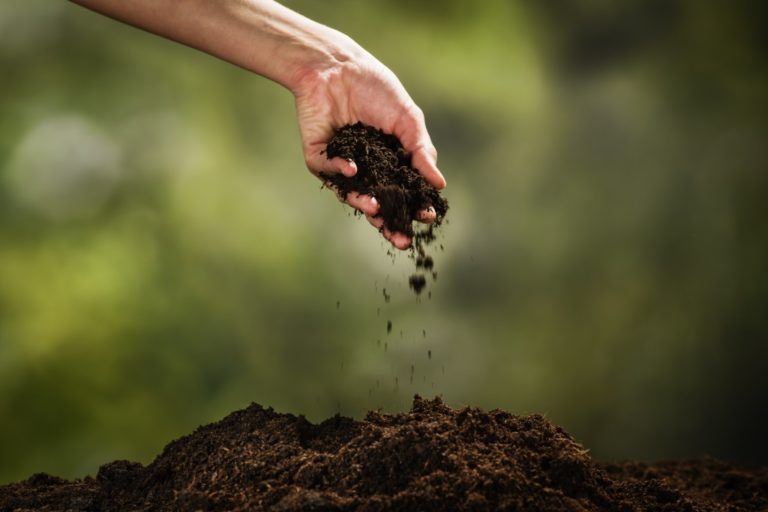Having a beautiful and well-kept home garden is often part of what people envision when they settle down on their property. But if you don’t have suitable soil in your yard, getting seeds to germinate and flourish into healthy plants can be difficult. Here are the best practices for transforming your garden soil into a rich and balanced medium for plant growth.
Maintain moisture
Getting the balance of soil moisture right is vital to the health of your garden. Most home gardeners eventually learn the amount of water needed through trial and error; more often than not, it’s the weather that can pose a problem. Ensuring that your property has good drainage by having contractors install a French drain or similar structure will save your plants from waterlogged soils when the Denver rainy season rolls around. In drier areas where retaining soil moisture is a problem, plant in the shade or on the north side of a structure if possible.
Applying the right type of mulch can be a useful measure in either situation. Heavy, well-composted mulch helps retain soil moisture and is appropriate for hot, dry climates; a lighter mulch facilitates water evaporation and is well-suited to locations with many cool and rainy days.
Ensure sufficient aeration
Garden soil needs to be well-perforated and fairly loose to allow air, water, nutrients, and organic materials to circulate freely and be available for the plants’ nourishment. One common issue in home gardens is the frequent compaction that occurs when people walk around on bare soil; heavy foot traffic lessens aeration and lowers soil quality.
An effective solution would be to make it easier for children and guests to avoid trampling over your garden soil. Define permanent garden beds with walkways around them; this gives people a path to follow, and you can also work from the walkway without having to step into the bed itself. Overall, this will lessen the need for you to periodically aerate your garden, which you can undertake twice a year in early spring and fall, using a spike or plug tool to loosen the soil.
Add organic nutrients
Fertile soil relies on a variety of beneficial microbes and nutrients; to make your garden soil conditions favorable, a wide range of organic nutrient inputs may prove helpful. Different types of pre-composted livestock manure may be available for purchase, but many homeowners may find it more economical to implement a home composting system. When you make compost at home, you’ll get to recycle fruit scraps, vegetable waste, and garden debris such as fallen leaves or twigs – not only is it beneficial for your plants, it reduces your carbon footprint.
Another option for enriching your soil with organic nutrients is to plant cover crops. Species such as clover and alfalfa are commonly grown for the benefit of the soil through their nitrogen-fixing capabilities. Adding native grasses to your cover crop mix will help reduce disease-causing fungi and bacteria in the soil. Once your cover crops have fully grown, you can mow them down and let the area dry before tilling the organic matter into your soil.
With these methods, along with others, you might come across in your research, the soil quality in your garden will be greatly improved, allowing you to focus on the many other aspects of gardening which bring joy and well-being to your home.




